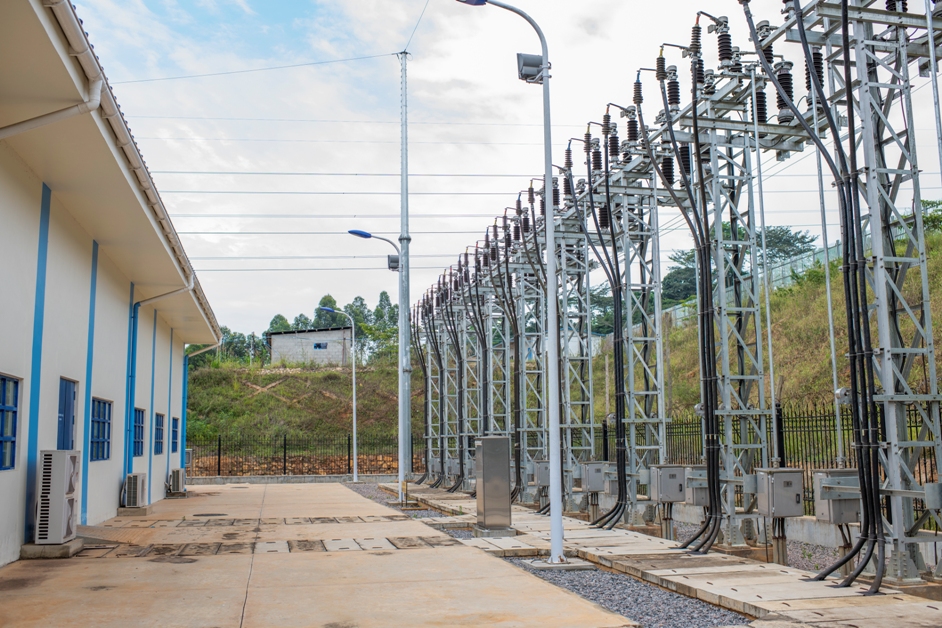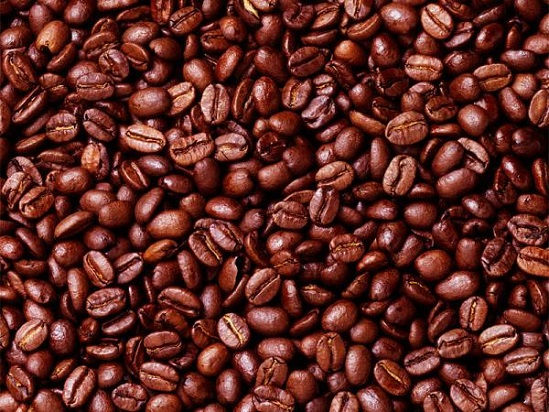Birds facing extinction.
Giraffes, parrots, and oak trees have been listed among the one million species of animals and trees that are facing extinction, according to a report from the Intergovernmental Science-Policy Platform on Biodiversity and Ecosystem Services-IPBES, an independent body supported by the United Nations.
The world’s trees are threatened by various sources, including logging, deforestation for industry and agriculture, firewood for heating and cooking, and climate-related threats such as wildfires.
It has been estimated that 31 per cent of the world’s 430 types of oak are threatened with extinction, according to the International Union for Conservation of Nature (IUCN) Red List of threatened species. And 41 per cent are of conservation concern, mainly due to deforestation for agriculture and fuel for cooking.
Giraffes are targeted for their meat, and suffer from the degradation of their habitat due to unsustainable wood harvesting, and increased demand for agricultural land; it’s estimated there are only around 600 giraffes left in the wild.
Also threatened are cacti and seaweed, one of the planet’s great survivors, which can be traced back some 1.6 billion years. Seaweed plays a vital role in marine ecosystems, providing habitats and food for marine lifeforms, while large varieties – such as kelp – act as underwater nurseries for fish.
However, mechanical dredging, rising sea temperatures and the building of coastal infrastructure are contributing to the decline of the species and environmental experts say that the current biodiversity crisis will be exacerbated, with catastrophic results for humanity, unless humans interact with nature in a more sustainable way.
Currently, governments around the world spend more than USD 500 billion every year in ways that harm biodiversity to support industries like fossil fuels, agriculture, and fisheries. Experts say these funds should be repurposed to incentivize regenerative agriculture, sustainable food systems, and nature-positive.
“Sustainable use is when biodiversity and ecosystem functioning are maintained while contributing to human well-being. By continuing to use these resources unsustainably, we are not just risking the loss and damage of these species’ populations; we are affecting our own health and well-being and that of the next generation.
“The IPBES report makes it abundantly clear that wild species are an indispensable source of food, shelter and income for hundreds of millions around the world,” says Susan Gardner, Director of the Ecosystems Division at the United Nations Environment Programme (UNEP).
The report, a result of four years of work by 85 experts from the natural and social sciences, and holders of indigenous and local knowledge, as well as 200 contributing authors, illustrates the importance of indigenous people being able to secure tenure rights over their land, as they have long understood the value of wild species and have learned how to use them sustainably.
Examples of the kinds of transformative changes that are needed to reduce biodiversity loss include equitable distribution of costs and benefits, changes in social values, and effective governance systems.
-URN





